Ferran Adrià’s contribution to Gerd Bulthaup’s “perspectives”
Ferran Adrià’s contribution to the “perspectives” book dates back to 2004. Although it is true that much has changed in this author’s circumstances, projects, and achievements in the time that has elapsed since then, we have chosen to publish the original text with barely any changes. Its unquestionable ongoing validity called for doing so.
At bulthaup, timelessness is a key value. Therefore, it is hardly a coincidence that so many of the concepts addressed in “perspectives” continue to be relevant almost ten years later. In the case of Adrià’s text, this is true for the perceptiveness of his observations of specific details as it is for the narrative he offers about the conception of El Bulli: his particular “making of” a restaurant that was soon to acquire the aura of a myth. The following text will undoubtedly leave an aftertaste of nostalgia among those readers who once sat down at Cala Montjoi and gazed out at the dark sea ahead. They will remember how they lowered their eyes to meet the meticulously orchestrated volumes of flavor, texture, and color awaiting on their plates before lifting the teaspoon to their lips. Fade to black. Others will be left with a strange sense of having come too late, with the curiosity of knowing whether everything they heard about that place they never went to really was true after all. All of this will only heighten the vividness of Adrià’s account, of his enduring reflections about why and how a variety of factors come into play to generate a memorable experience.
Introduction to “perspectives,” edited by Gerd Bulthaup
Fire and water are the age-old symbols for the house. This is fitting, because the home has always been regarded as a safe haven from the hardships of the world–as a sanctuary that offers food, warmth, and regeneration. Fire and water symbolize the direct sensual experience of the most private, innermost sanctum of a house. “perspectives” is a book aimed at giving you inspiring ideas for your immediate personal environment, allowing leading international architects, designers, and other people interested in the aesthetic aspects of everyday life to air their points of view.
In the five chapters–Taste, Pace, Style, Values, and Love–our authors explore the diverse influences that have played a role in their work. Although the authors of this book are extremely diverse (architects, designers, chefs, creators of fashion, philosophers), they do have one thing in common: They are part of a worldwide community that appreciates top quality. 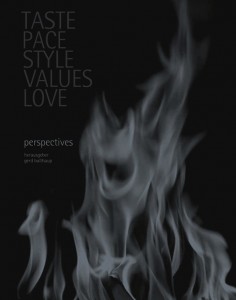
Gerd Bulthaup published “perspectives” in 2004. It stemmed from his ongoing concern about quality in design. He considers it a tremendous challenge to create products that bridge the gap between top engineering performance and mass production, while satisfying the demands of both realms. Such products are based on clear, intelligent concepts that are implemented with technical brilliance, fulfill high aesthetic standards, and radiate sensual appeal. Products like this attain a cultural relevance that gives them validity for many years.
Creative people in a wide variety of professions responded to our invitation to present their unique points of view.
Today we live in a world without rigid boundaries. Architecture and design are wide-open fields. And there is a community engaged with these topics, with members in many places, including Scandinavia, Italy, Japan, Spain, the U.S., and Russia, to name just a few. Our ambition for “perspectives” is to be part of the network that connects these people, thus contributing to creative exchange.
What does it mean to design today?
What motivates and influences people in their work?
What factors are considered essential for the future?
Gerd Bulthaup, the editor of “perspectives,” asked a series of internationally renowned thinkers and designers to express their views on these questions.
In this section, we will show them all, along with their ideas and their way of seeing quality and creativity.
FERRAN ADRIÀ
TASTE
ATMOSHPERE
The utmost attention to detail, an evocative staging and a fair dose of humor are some of the ingredients that contribute to creating the perfect atmosphere for an unforgettable gastronomic experience.
A good meal is inseparable from good production. But does the perfect production exist? I don’t think so, and I certainly don’t think there’s such a thing as the perfect meal. When you look at the huge variety of possible gastronomic experiences, you realize at once that not everyone will enjoy the same dish or menu. The same applies to the staging of a meal. But there is indeed one basic rule to go by: Everything has to contribute to making the meal as delicious and pleasant as possible. That means the atmosphere of the meal has to be planned down to the very last detail. When people go to restaurants to dine, they want to get the utmost enjoyment from their visit, and they should never leave disappointed. Realizing this, we always have to remember that every meal requires its own custom-designed ambience.
At El Bulli, I realize that a factor that appeared negative at first glance–its location in a remote bay in the craggiest section of the Costa Brava–ended up turning into a plus. I’m convinced of this because our restaurant’s visual appeal actually begins even before guests arrive. It begins to unfold on the road that leads from the small city of Roses to the quiet Cala Montjoi. Or, to put it another way, the road itself is already El Bulli. The drive from Roses to our restaurant becomes a sort of introduction or overture. First, you pull off the freeway, leaving its chaotic traffic behind. Then you roll past the apartment houses and the beaches jammed with people. Finally, you end up on a narrow, twisting road that leads along the steep coastline. At this point, you’re really in the middle of a beautiful stage set created by the sea, the rock formations and the scattered pine trees that have withstood the eternal onslaught of the wind.
So during the nearly-10 kilometer trip between Roses and Cala Montjoi, El Bulli is gradually working its magic. It’s a restaurant with one priceless asset: a location right on the coast. Without the wonderful blue Mediterranean waters, El Bulli wouldn’t be what it is. The sea is an integral part of the restaurant’s scenery.
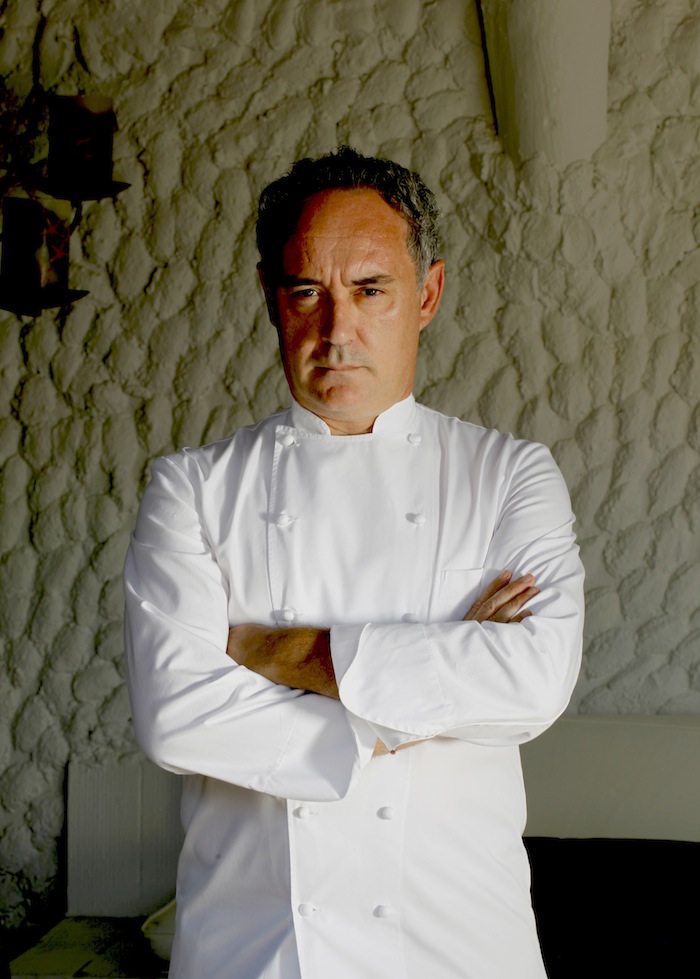
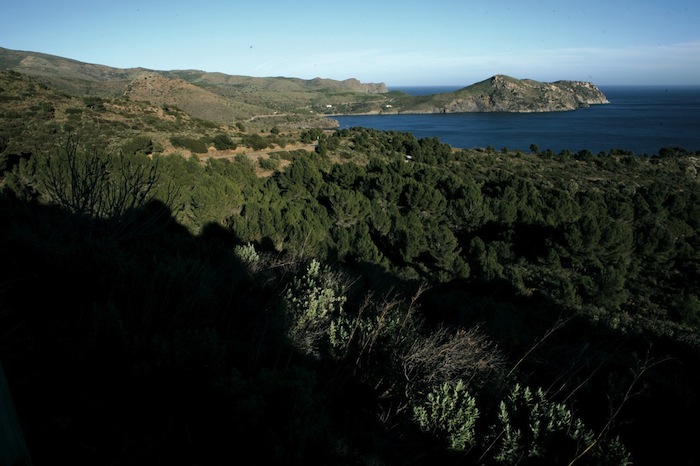
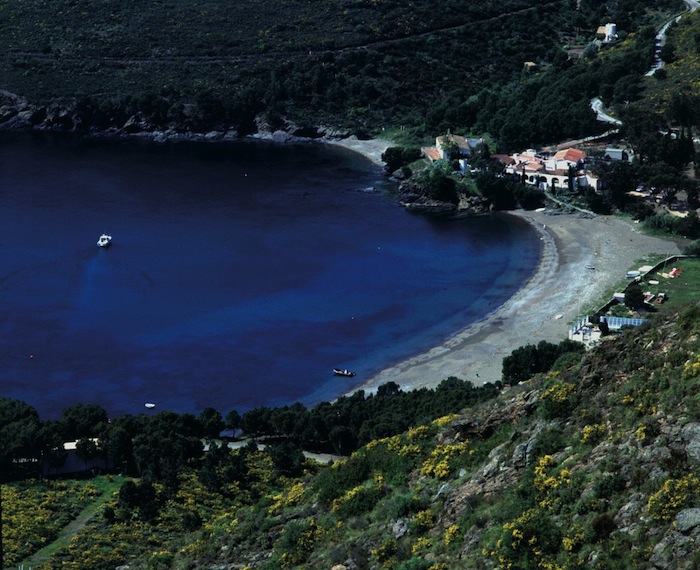
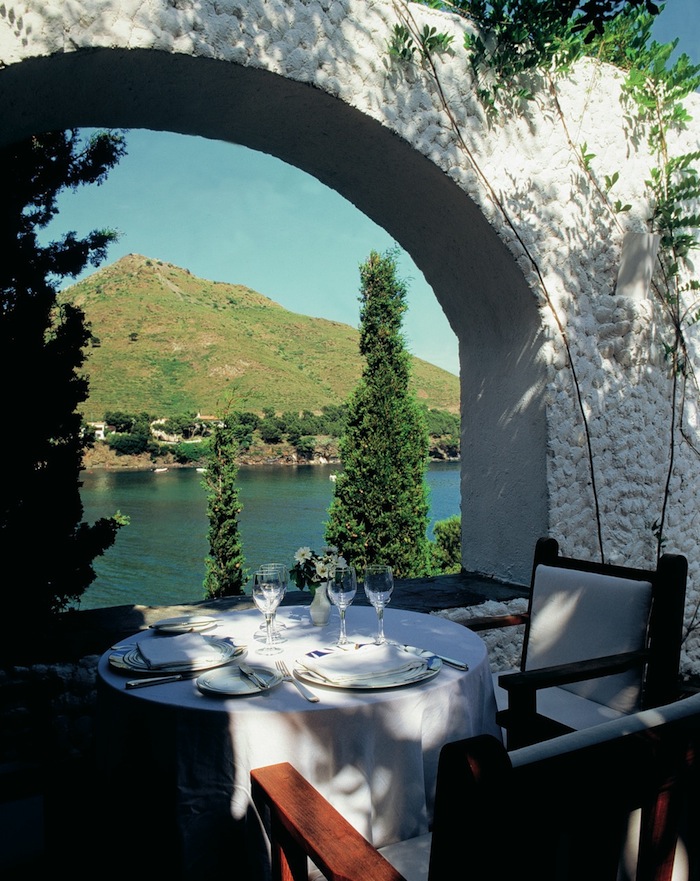
There’s a factor that has always been a concern to me in restaurants: lighting. At El Bulli, we always try to take this factor very seriously, but we also have the added magic of our outstanding setting. Because we only serve dinner between May and October, our guests usually arrive while there’s still daylight, and they leave only after the sun has disappeared for the day. That means they can watch the daylight slowly fade and see how the area’s appearance continually changes, how the rising moon gradually replaces the rays of the setting sun. Of course, some guests may not consciously follow the shifting shades of light, but I think this natural play of light is an attractive contribution to the restaurant’s ambience, making dinner with us an even more enjoyable experience.
At El Bulli, we’ve also given a lot of attention to the design of the kitchen, which covers an area of 325 square meters. When we were setting it up in 1993, we wanted to create a wide, light-flooded room where it would immediately be evident that the kitchen had been carved out of bedrock. We knew we would be working in this kitchen for many years to come, so we wanted to make it a pleasant and open space. Its design has stood up perfectly to the test of time and hard use. But there’s something more: We’re so proud of our kitchen that we enjoy showing it to our guests. We want to point out that the restaurant is a unified whole in which the dining room and the kitchen are equally important.
In the dining at El Bulli, some of the decorations may border on being kitsch, but no matter. This room and its very special atmosphere remind me of a film by Peter Greenaway that I liked very much–The Cook, the Thief, His Wife and Her Lover. In this movie, someone in the kitchen is singing an opera, and it’s impossible to tell if the scene is set in the year 2020 or 1400.
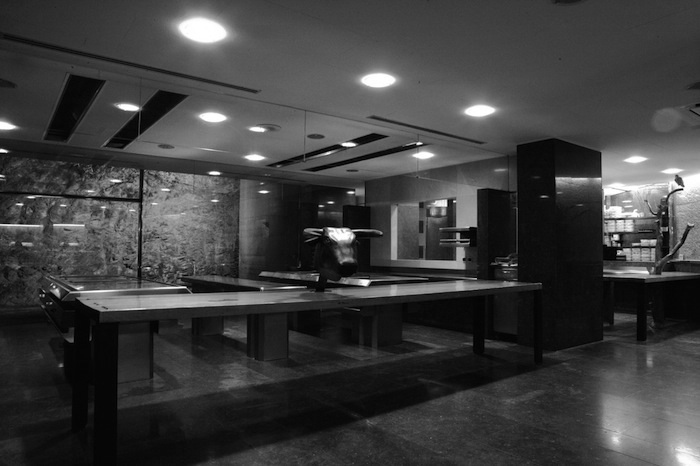
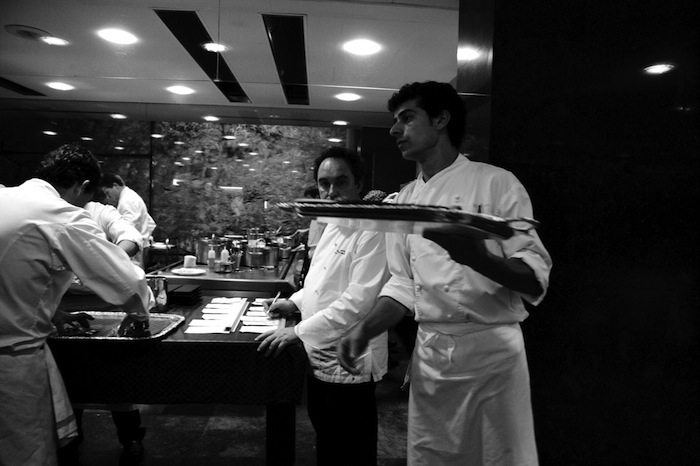
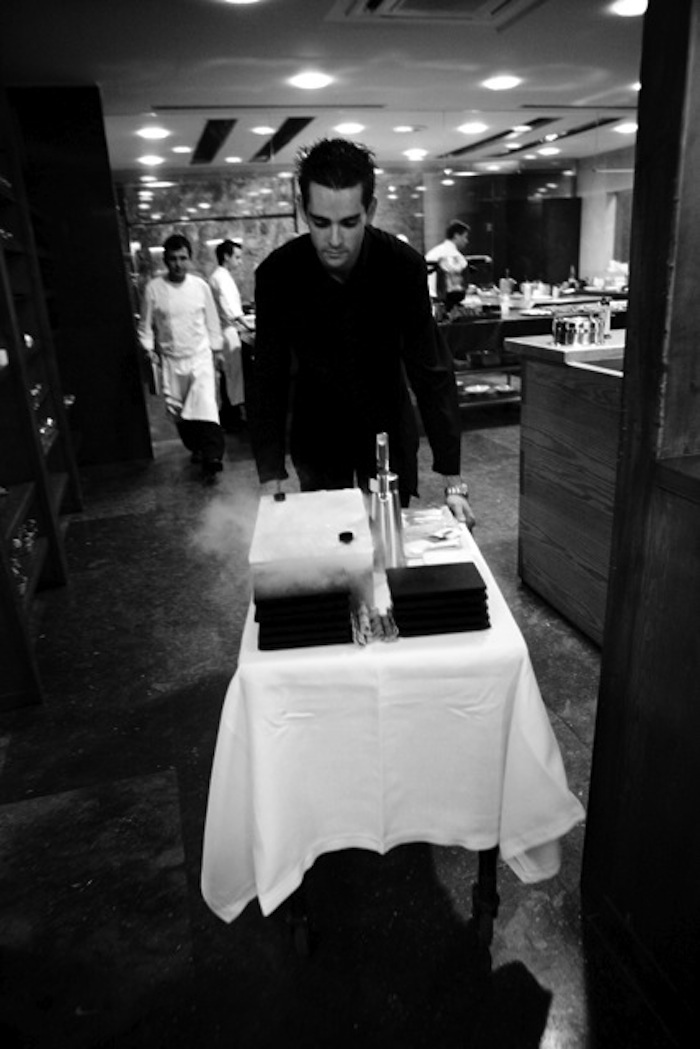
A couple of restaurants that I think have wonderful atmosphere include the Dar Yacout in Marrakesh, with its magical terrace, and the Four Seasons in New York City. I’ve also been amazed by something else: Very few first-class restaurants have contemporary interiors. They tend to display classic design. There’s one remarkable exception, though: the restaurant that Michel Bras opened a few years ago in Laguiole, a small village in L’Aubrac. Here we find modern architecture in the middle of extraordinary scenery.
When I imagine how my dream restaurant would look, I think about the Barcelona pavilion, which was designed by Mies van der Rohe. To me, it’s a magical place with an outstanding floor plan and it uses natural light perfectly. The materials used in this structure are elegant, yet they radiate warmth. In considering how to create the perfect atmosphere for a meal, we need to imagine a hypothetical restaurant where there is just one table, with highly individualized dishes and decorations, and waiters and cooks directing their energies to serving only the guests at this table. I’m fascinated by the way some Japanese restaurants are designed, with several eating areas separated from one another. This allows guests to select the area that most appeals to them at the moment.
This idea inspired the design for our new El Bulli restaurant in Seville, where we created ten very personally furnished dining rooms, each entirely different from the next, in an effort to offer every guest the atmosphere of his or her dreams. Many people have told me that a restaurant is really comparable to a theater. And it is a fitting comparison, in a sense. In the morning, indispensable preparation work is done at the restaurant, just as in the theater. And in the afternoon, a few rehearsals are conducted. Finally, the climax arrives–in the theater, it’s the performance before an audience, and for the restaurant, it’s the evening’s dinner. That’s the moment in which success–or failure–is determined, over and over again. And that’s why it’s always accompanied by unavoidable nervousness and tension.
Following this theater model, at El Bulli we put a lot of emphasis on sticking to a precise timetable for serving each dish. This rhythm is important because we always serve a 20-course wine-tasting menu. It would be fatal if the timing fell behind. The math is simple: If a guest has to wait five minutes for each course, the waiting time is already up to a total of 40 minutes by the eighth course. That can’t be tolerated, because timing is a key aspect of the production. If it fails, the chance to create the perfect atmosphere is lost.
We go out of our way to make sure our guests feel at home and are seated comfortably at the table, and that affects the choice of furniture and the kind of service. We don’t observe strict etiquette because we don’t want to impose restrictions on our guests. We’re convinced that the guest should set the tone and feel comfortable. At El Bulli, the emphasis is on informality and comfort, ease and casual dining, and rejection of all dress codes and prejudices. In this regard, we are deliberately distancing ourselves from other haute cuisine restaurants that have atmospheres characterized by a certain stiffness, which can intimidate their guests.
When we talk about a meal as a kind of stage production, we need to pay close attention to the way the dishes look. Each course that a waiter serves is first perceived by the eyes. That’s why it’s very important to concentrate on its presentation. The appearance is important, as are aroma and, of course, flavor. But the ears and the sense of touch also play a role. For years at El Bulli, we’ve kept all of the five senses in mind when creating new dishes. And there’s a very simple reason for this: If our dishes succeed in appealing to all the senses, they can be enjoyed more thoroughly and intensely. When it comes to the appearance of our dishes, we have very high standards. Over the years, we’ve created a series of dishes that have delighted the palate’s entire sensory scale. We also like to create surprises and appeal to a guest’s playfulness and sense of humor, and this attitude has led us to turn traditional dishes on their heads and create totally new dining experiences. Integrating them into haute cuisine has created quite a stir. Take our lollipops, our fun dishes or our game with the spices. I enjoy seeing people laugh as they eat, and when we succeed in integrating some merriment into our cuisine, that helps to create a relaxed atmosphere. We’d like people to come to El Bulli with the same sense of expectation that guests have when they go to a Japanese restaurant for the first time, venturing into more or less unknown territory, and having to be told everything from how to use chopsticks to how each individual dish is eaten. This subconscious sense of uncertainty, surprise and adventure helps to increase our guests’ openness to our experiments. Because we feel that atmosphere is so vitally important, we decided to have El Bulli’s dishes, tableware and bowls specially designed, and the Swiss designer Luki Huber helped us find what we wanted. But even putting aside for a moment the idea that there can be an ideal atmosphere with universal appeal, what we’ve come to understand is that it’s crucial to ensure that everything is made to high standards and prepared with a strong sense of responsibility. However, needless to say, this does not imply that we cannot choose different atmospheres for different circumstances.
This means that Mies van der Rohe’s Barcelona Pavilion can charm me one minute and a rococo setting the next. There’s no reason to consider these two styles incompatible. But you have to remember one thing: In a restaurant, everything must be aimed at the goal of ensuring that guests spend a few enjoyable hours there. That’s certainly not an easy task. Of course, the food is paramount, but in an ideal setting, pleasure becomes bliss. That’s something we should never forget.
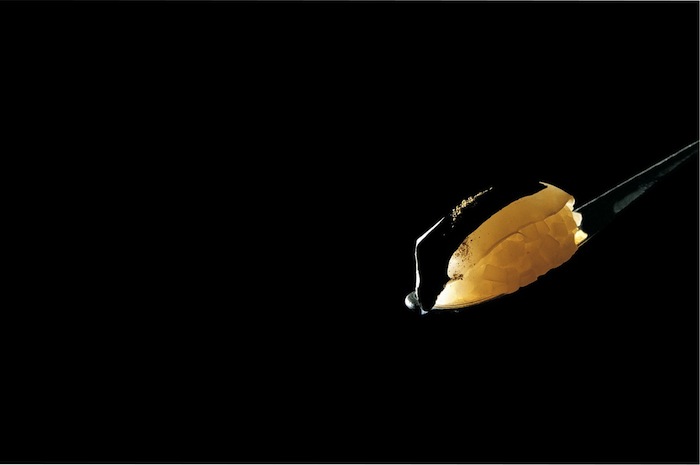
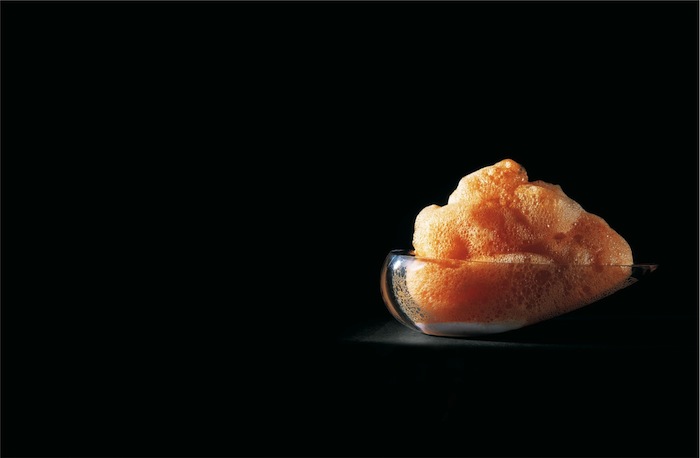
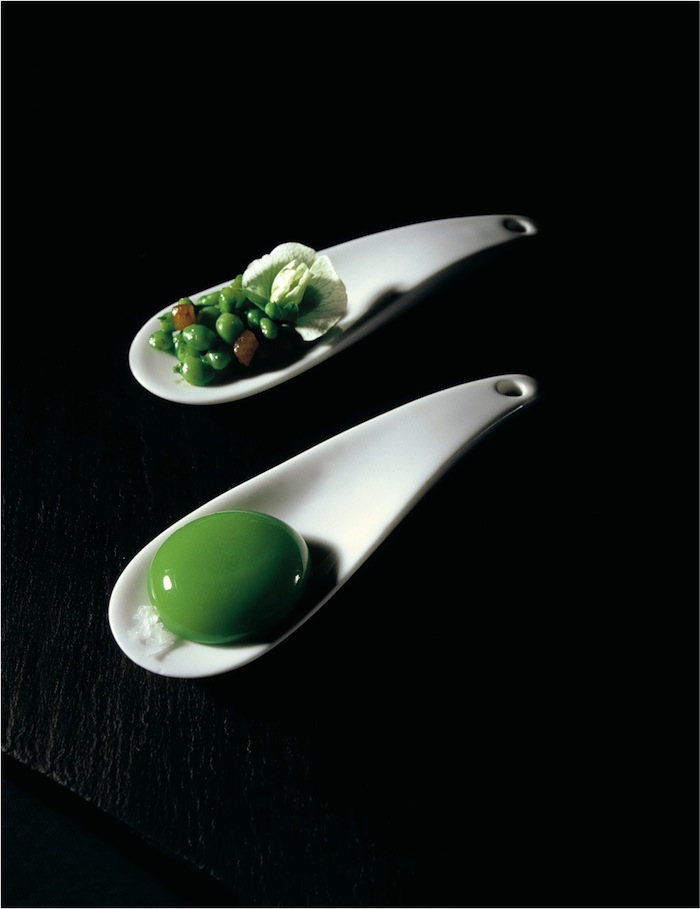











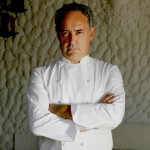
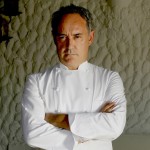
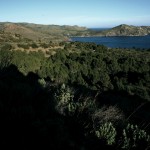
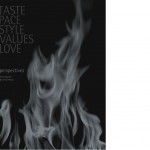
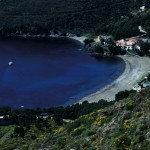
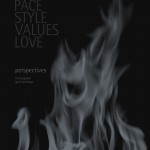
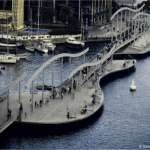
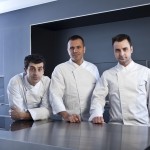
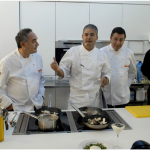


This entry has 0 Comments